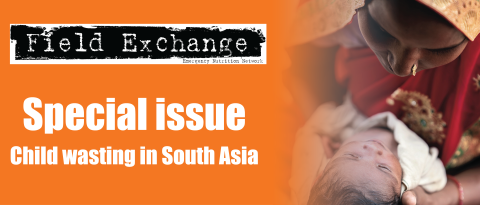Low birth weight estimates: Levels and trends 2000–2015
The United Nations Children’s Fund (UNICEF) and the World Health Organization (WHO) have published global low birth weight (LBW) estimates that summarise levels and trends between 2000 and 2015.1 The report highlights that babies born at a healthy weight are more likely to survive and thrive, while babies born with LBW, defined as weight at birth below 2,500g regardless of gestational age, are more likely to die during their first month of life or face lifelong consequences such as growth failure and lower IQ.
Nearly 15% of all infants worldwide are born with LBW. Almost all of them (95%) are born in less developed regions, where LBW is primarily caused by poor foetal growth linked to poor maternal nutrition before and during pregnancy. Of the 20.5 million LBW babies born in 2015, more than half were born in Asia. The prevalence of LBW varied widely across regions, from 7.2% in more developed regions to 17.3% in Asia, with variations across sub-regions. In Southern Asia, the prevalence of LBW was 26.4% in 2015 – more than five times higher than the 5.1% prevalence in Eastern Asia. These two sub-regions of Asia had respectively the highest and lowest LBW prevalence of all sub-regions in the world. In other regions, there was greater homogeneity between sub-regions.
Progress in reducing LBW prevalence has stagnated since the year 2000. The annual average rate of reduction (AARR) in LBW was 1.00% per year in the most recent period from 2010 to 2015. An AARR of 2.74% per year between 2012 and 2025 is required to meet the global target of 10.5% LBW prevalence. Because the availability and quality of LBW data vary widely among countries, estimates were derived using a peer-reviewed approach to improve comparability across countries and years. This is the first time such LBW data have been made available globally. The estimates fill a data gap, allow the tracking of progress and support various initiatives that aim to improve newborn survival and growth.
Endnotes
1 United Nations Children’s Fund (UNICEF), World Health Organization. UNICEF-WHO Low birthweight estimates: Levels and trends 2000–2015. Geneva: World Health Organization; 2019 Licence: CC BY-NC-SA 3.0 IGO. https://www.who.int/nutrition/publications/UNICEF-WHO-lowbirthweight-estimates-2019/en/


